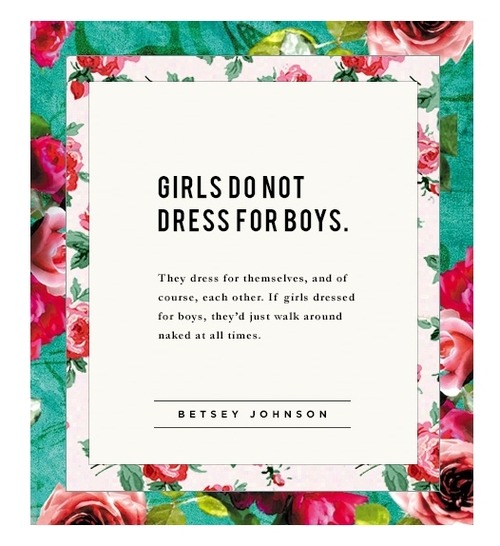Several contemporary feminist artists are using specific textiles and fabrics in their work, perhaps as a comment on stereotypically female activities like washing, sewing, dressmaking etc.
1) Julia Triston
Julia creates "knicker bunting", which has been used to launch the University of York's "Carnival of Feminist Cultural Activism".
2) Lin Tianmiao
Lin has made "badge" installations which show all the derogatory names a woman can be called.
3) Judy Chicago
Arguably Judy's most famous work, "The Dinner Party" is an installation which includes place settings (carrying connotations with "female jobs" like cooking and sewing) for 39 mythical and historical famous women, with 999 more named on the floor tiles. Judy's goal for this work was to "end the ongoing cycle of omission in which women were written out of the historical record". Butterfly or flower-like sculptures are used to represent vulvas, and the piece celebrates traditional female accomplishments like textile arts, which have been framed as craft or "domestic art", as opposed to the more culturally-valued, male-dominated fine arts.
4) Feminist cross stitch
Perhaps as a "nod" to artists like Chicago, many feminists in today's society are creating "traditionally female" art like cross stitching, but with an obvious feminist overtone:
5) Naiza Khan
In stark contrast to the soft fabrics used by some other feminist artists, Naiza uses metal and nails to create items of clothing historically used to restrain or hinder women:
Armour skirt
Armour corset


